The Ultimate Guide to Tile Spacers
Tile spacers are small plastic tools used during tiling to keep gaps between tiles even for grout. They ensure a polished, professional look by preventing uneven edges (lippage). Essential for DIY or professional projects, they enhance visual appeal and quality. This guide covers their types, benefits, and tips for your next tiling project.
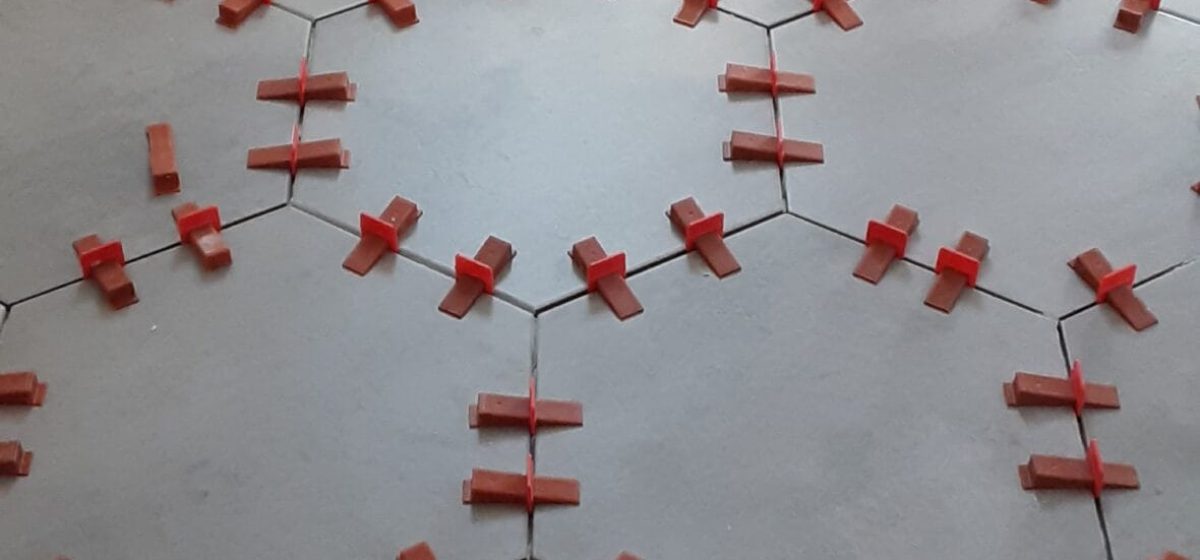
Find trusted tile installers near you.
Tile installers in New Hampshire
- Acworth
- Allenstown
- Alstead
- Alton
- Alton Bay
- Amherst
- Andover
- Antrim
- Ashland
- Atkinson
- Auburn
- Barnstead
- Barrington
- Bedford
- Belmont
- Bennington
- Boscawen
- Bow
- Bradford
- Brentwood
- Bristol
- Brookline
- Candia
- Canterbury
- Center Harbor
- Charlestown
- Chester
- Chichester
- Claremont
- Concord
- Contoocook
- Cornish
- Croydon
- Danbury
- Danville
- Deerfield
- Deering
- Derry
- Dover
- Dublin
- Dunbarton
- Durham
- East Kingston
- Enfield
- Epping
- Epsom
- Exeter
- Farmington
- Fitzwilliam
- Francestown
- Franklin
- Fremont
- Georges Mills
- Gilford
- Gilmanton
- Gilsum
- Goffstown
- Goshen
- Grafton
- Grantham
- Greenfield
- Greenland
- Greenville
- Hampstead
- Hampton
- Hampton Falls
- Hancock
- Hanover
- Harrisville
- Hebron
- Henniker
- Hill
- Hillsborough
- Holderness
- Hollis
- Hooksett
- Hopkinton
- Hudson
- Jaffrey
- Keene
- Kensington
- Kingston
- Laconia
- Lee
- Lebanon
- Lempster
- Litchfield
- Londonderry
- Loudon
- Lyndeborough
- Madbury
- Manchester
- Marlborough
- Marlow
- Mason
- Meredith
- Merrimack
- Middleton
- Milford
- Milton
- Mirror Lake
- Mont Vernon
- Moultonborough
- Nashua
- Nelson
- New Boston
- New Castle
- New Durham
- New Hampton
- New Ipswich
- New London
- Newbury
- Newfields
- Newington
- Newmarket
- Newport
- Newton
- North Hampton
- Northfield
- Northwood
- Nottingham
- Ossipee
- Pelham
- Pembroke
- Peterborough
- Pittsfield
- Plainfield
- Plaistow
- Plymouth
- Portsmouth
- Raymond
- Rindge
- Rochester
- Rollinsford
- Rye
- Salem
- Salisbury
- Sanbornton
- Sandown
- Seabrook
- Sharon
- Somersworth
- South Hampton
- Spofford
- Springfield
- Stoddard
- Strafford
- Stratham
- Sullivan
- Sunapee
- Suncook
- Sutton
- Swanzey
- Temple
- Tilton
- Troy
- Wakefield
- Walpole
- Warner
- Washington
- Weare
- Webster
- Wilmot
- Wilton
- Winchester
- Windham
- Wolfeboro
Tile installers in Massachusetts
- Acton
- Allston
- Amesbury
- Andover
- Arlington
- Ashburnham
- Ashby
- Ashland
- Ayer
- Baldwinville
- Bedford
- Belmont
- Berlin
- Beverly
- Billerica
- Bolton
- Boston
- Boxborough
- Boxford
- Braintree
- Brighton
- Brookline
- Burlington
- Byfield
- Cambridge
- Carlisle
- Charlestown
- Chelmsford
- Chelsea
- Clinton
- Cohasset
- Concord
- Danvers
- Dedham
- Devens
- Dorchester
- Dover
- Dracut
- Dunstable
- East Boston
- Essex
- Everett
- Fitchburg
- Framingham
- Gardner
- Georgetown
- Gloucester
- Groton
- Groveland
- Hamilton
- Hanover
- Harvard
- Haverhill
- Hingham
- Holbrook
- Holliston
- Hopkinton
- Hubbardston
- Hudson
- Hyde Park
- Ipswich
- Jamaica Plain
- Lancaster
- Lawrence
- Leominster
- Lexington
- Lincoln
- Littleton
- Lowell
- Lunenburg
- Lynn
- Lynnfield
- Malden
- Manchester-by-the-Sea
- Marblehead
- Marlborough
- Mattapan
- Maynard
- Medford
- Melrose
- Merrimac
- Methuen
- Middleton
- Milton
- Mission Hill
- Nahant
- Natick
- Needham
- Newbury
- Newburyport
- Newton
- Newton Centre
- Newton Highlands
- Newton Lower Falls
- Newton Upper Falls
- Newtonville
- North Andover
- North Billerica
- North Chelmsford
- North Reading
- Norwell
- Norwood
- Peabody
- Pepperell
- Princeton
- Quincy
- Randolph
- Reading
- Revere
- Rockport
- Roslindale
- Rowley
- Roxbury
- Royalston
- Salem
- Salisbury
- Saugus
- Scituate
- Sherborn
- Shirley
- Somerville
- South Boston
- Sterling
- Stoneham
- Stow
- Sudbury
- Swampscott
- Templeton
- Tewksbury
- Topsfield
- Townsend
- Tyngsborough
- Waban
- Wakefield
- Waltham
- Watertown
- Wayland
- Wellesley
- Wenham
- West Newbury
- West Roxbury
- Westford
- Westminster
- Weston
- Westwood
- Weymouth
- Wilmington
- Winchendon
- Winchester
- Winthrop
- Woburn
- Worcester

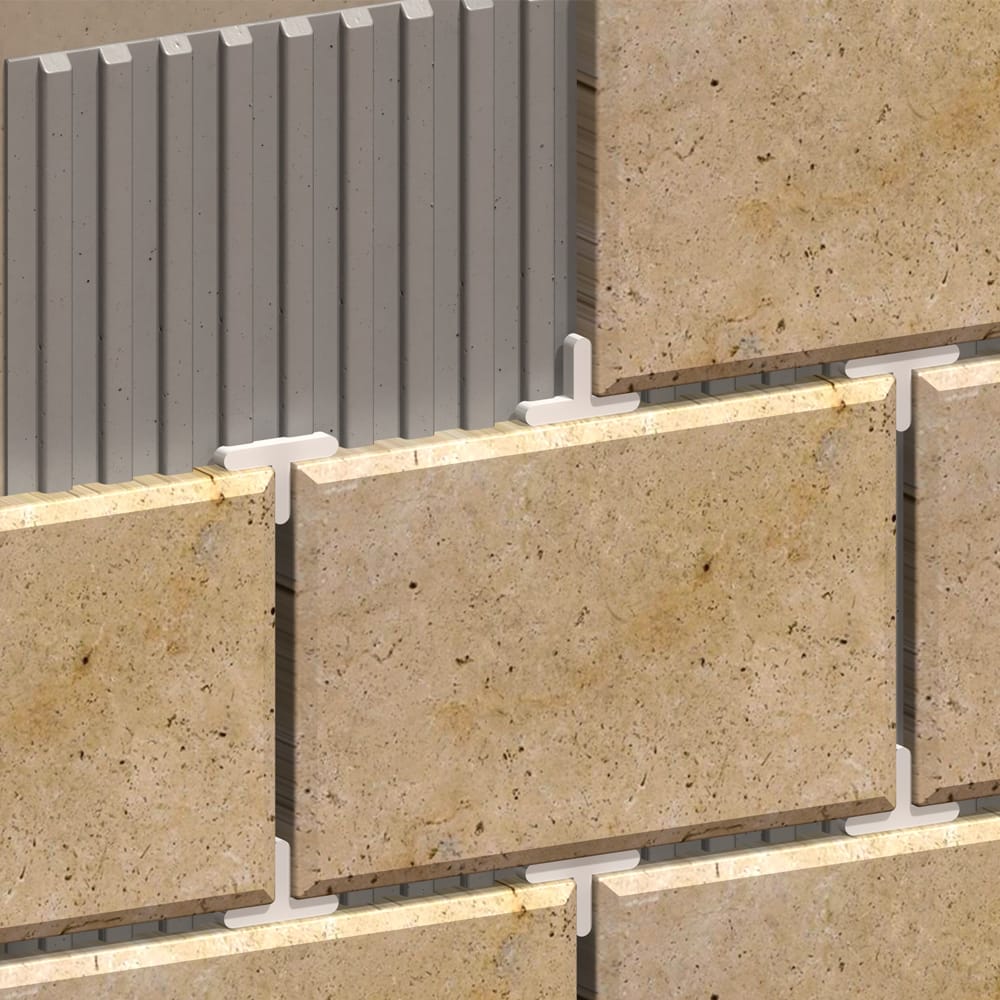
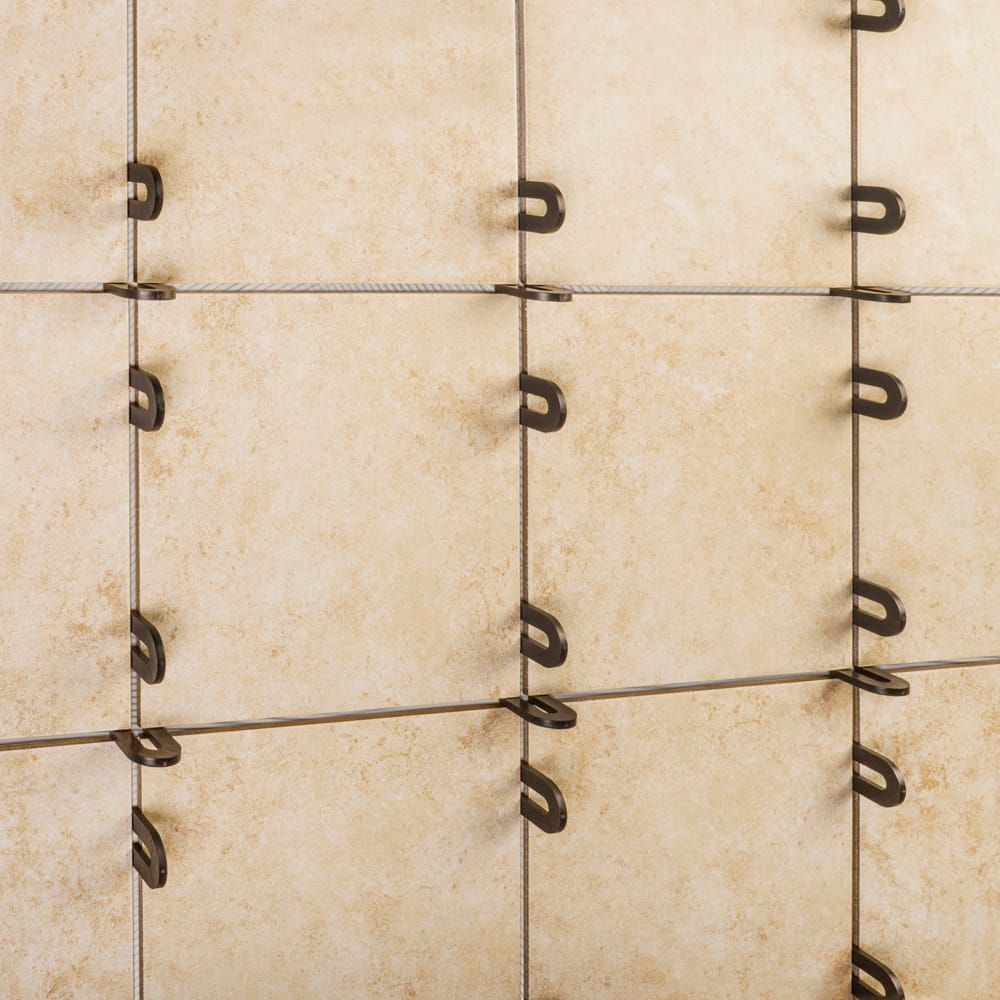
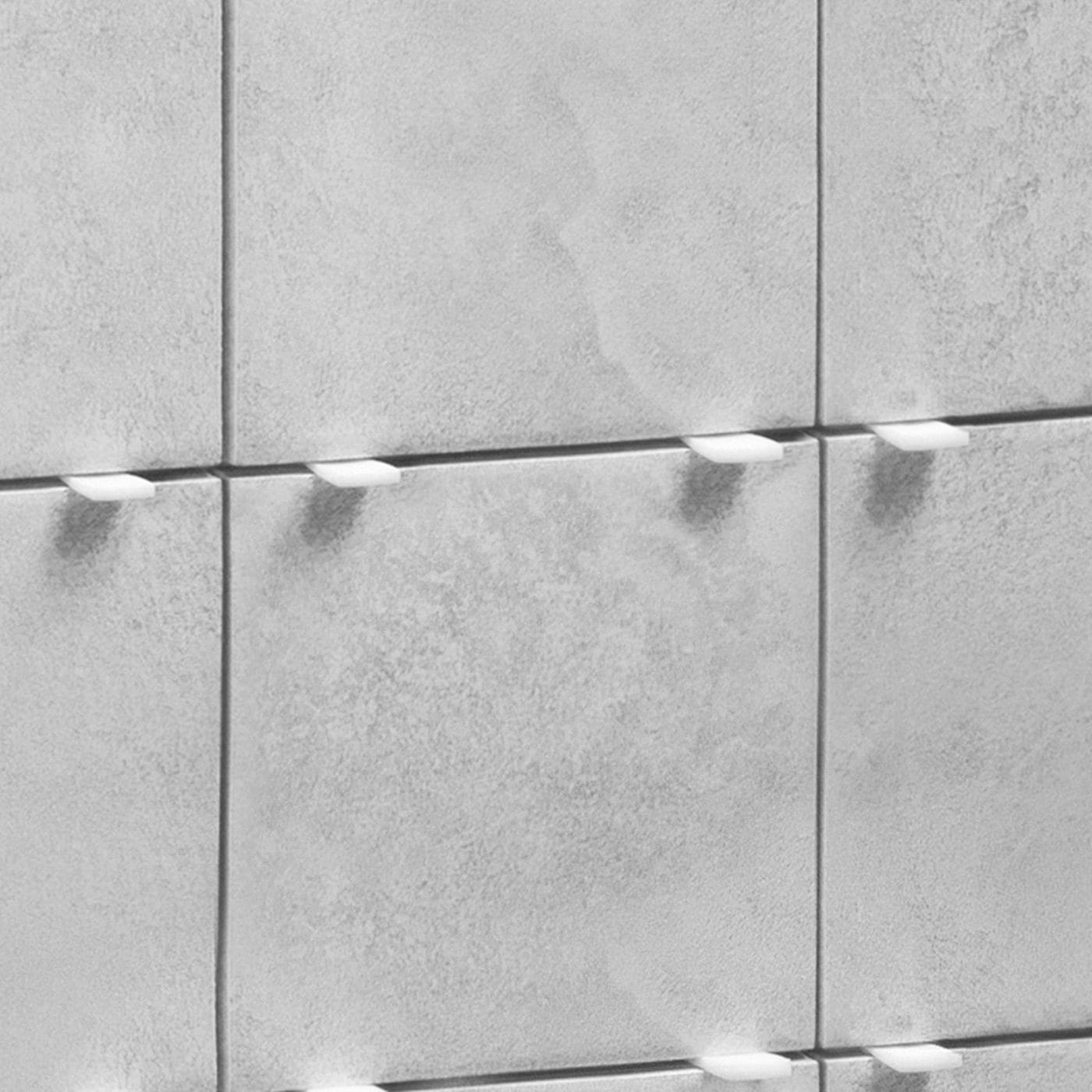
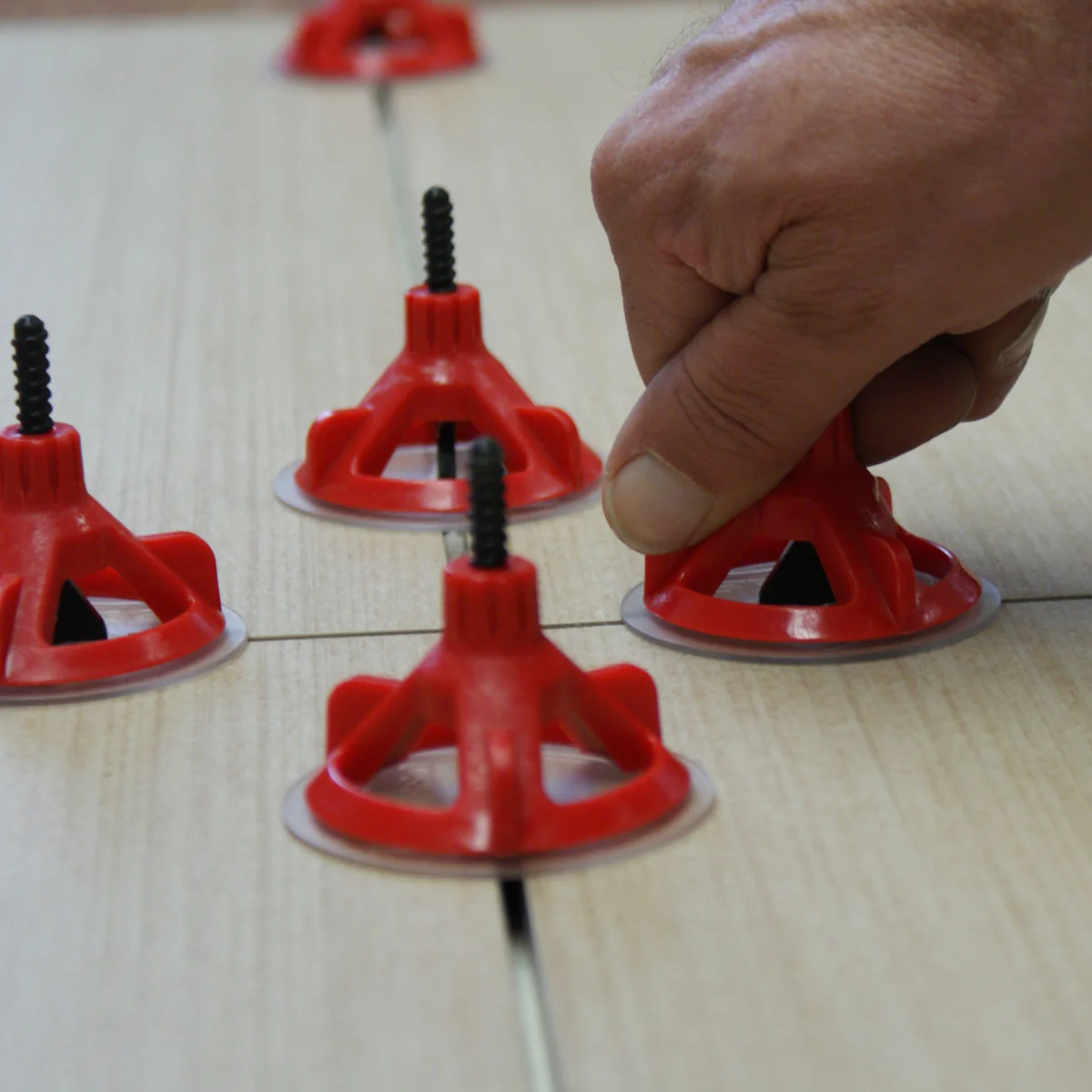
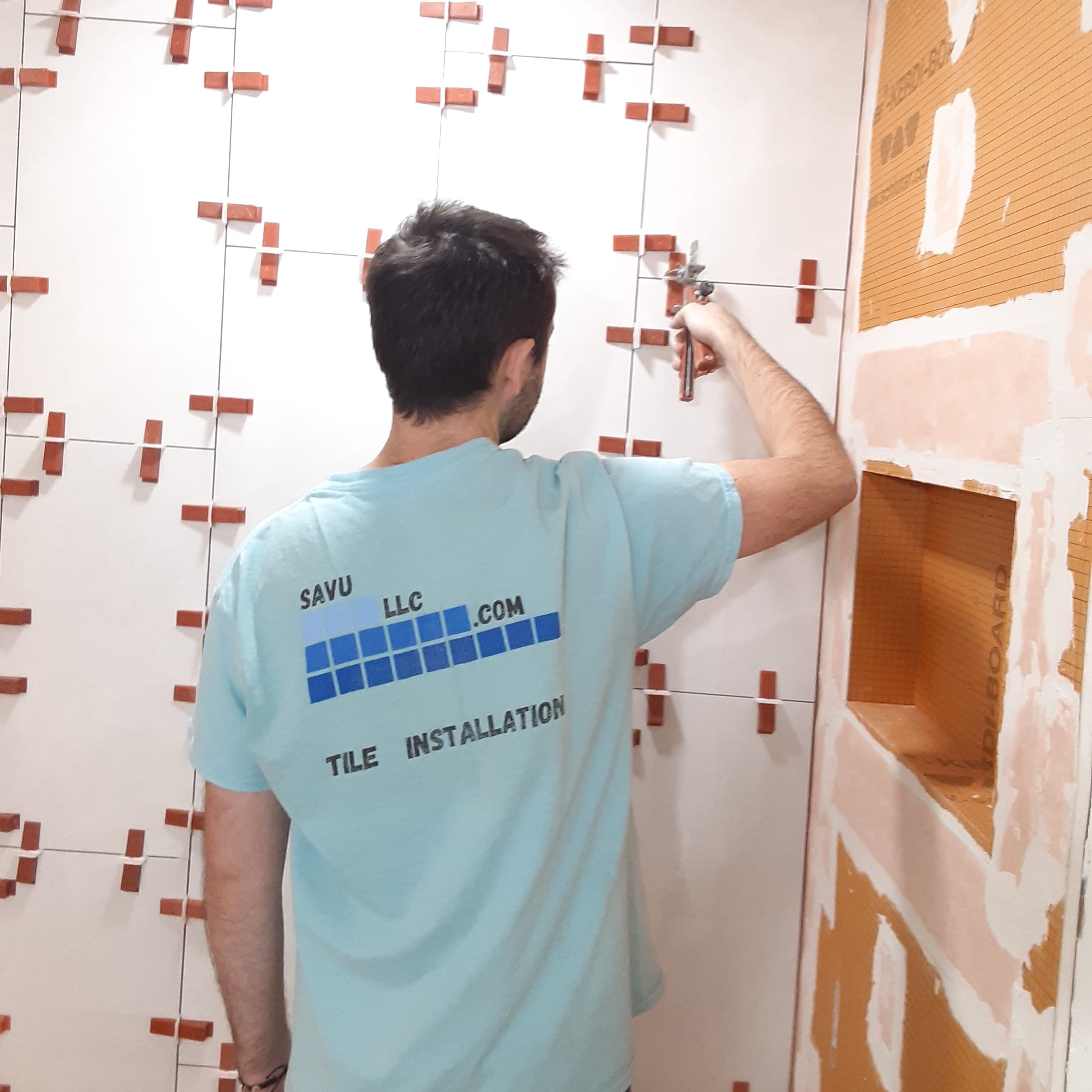
Find trusted tile installers near you.
Tile installers in New Hampshire
- Acworth
- Allenstown
- Alstead
- Alton
- Alton Bay
- Amherst
- Andover
- Antrim
- Ashland
- Atkinson
- Auburn
- Barnstead
- Barrington
- Bedford
- Belmont
- Bennington
- Boscawen
- Bow
- Bradford
- Brentwood
- Bristol
- Brookline
- Candia
- Canterbury
- Center Harbor
- Charlestown
- Chester
- Chichester
- Claremont
- Concord
- Contoocook
- Cornish
- Croydon
- Danbury
- Danville
- Deerfield
- Deering
- Derry
- Dover
- Dublin
- Dunbarton
- Durham
- East Kingston
- Enfield
- Epping
- Epsom
- Exeter
- Farmington
- Fitzwilliam
- Francestown
- Franklin
- Fremont
- Georges Mills
- Gilford
- Gilmanton
- Gilsum
- Goffstown
- Goshen
- Grafton
- Grantham
- Greenfield
- Greenland
- Greenville
- Hampstead
- Hampton
- Hampton Falls
- Hancock
- Hanover
- Harrisville
- Hebron
- Henniker
- Hill
- Hillsborough
- Holderness
- Hollis
- Hooksett
- Hopkinton
- Hudson
- Jaffrey
- Keene
- Kensington
- Kingston
- Laconia
- Lee
- Lebanon
- Lempster
- Litchfield
- Londonderry
- Loudon
- Lyndeborough
- Madbury
- Manchester
- Marlborough
- Marlow
- Mason
- Meredith
- Merrimack
- Middleton
- Milford
- Milton
- Mirror Lake
- Mont Vernon
- Moultonborough
- Nashua
- Nelson
- New Boston
- New Castle
- New Durham
- New Hampton
- New Ipswich
- New London
- Newbury
- Newfields
- Newington
- Newmarket
- Newport
- Newton
- North Hampton
- Northfield
- Northwood
- Nottingham
- Ossipee
- Pelham
- Pembroke
- Peterborough
- Pittsfield
- Plainfield
- Plaistow
- Plymouth
- Portsmouth
- Raymond
- Rindge
- Rochester
- Rollinsford
- Rye
- Salem
- Salisbury
- Sanbornton
- Sandown
- Seabrook
- Sharon
- Somersworth
- South Hampton
- Spofford
- Springfield
- Stoddard
- Strafford
- Stratham
- Sullivan
- Sunapee
- Suncook
- Sutton
- Swanzey
- Temple
- Tilton
- Troy
- Wakefield
- Walpole
- Warner
- Washington
- Weare
- Webster
- Wilmot
- Wilton
- Winchester
- Windham
- Wolfeboro
Tile installers in Massachusetts
- Acton
- Allston
- Amesbury
- Andover
- Arlington
- Ashburnham
- Ashby
- Ashland
- Ayer
- Baldwinville
- Bedford
- Belmont
- Berlin
- Beverly
- Billerica
- Bolton
- Boston
- Boxborough
- Boxford
- Braintree
- Brighton
- Brookline
- Burlington
- Byfield
- Cambridge
- Carlisle
- Charlestown
- Chelmsford
- Chelsea
- Clinton
- Cohasset
- Concord
- Danvers
- Dedham
- Devens
- Dorchester
- Dover
- Dracut
- Dunstable
- East Boston
- Essex
- Everett
- Fitchburg
- Framingham
- Gardner
- Georgetown
- Gloucester
- Groton
- Groveland
- Hamilton
- Hanover
- Harvard
- Haverhill
- Hingham
- Holbrook
- Holliston
- Hopkinton
- Hubbardston
- Hudson
- Hyde Park
- Ipswich
- Jamaica Plain
- Lancaster
- Lawrence
- Leominster
- Lexington
- Lincoln
- Littleton
- Lowell
- Lunenburg
- Lynn
- Lynnfield
- Malden
- Manchester-by-the-Sea
- Marblehead
- Marlborough
- Mattapan
- Maynard
- Medford
- Melrose
- Merrimac
- Methuen
- Middleton
- Milton
- Mission Hill
- Nahant
- Natick
- Needham
- Newbury
- Newburyport
- Newton
- Newton Centre
- Newton Highlands
- Newton Lower Falls
- Newton Upper Falls
- Newtonville
- North Andover
- North Billerica
- North Chelmsford
- North Reading
- Norwell
- Norwood
- Peabody
- Pepperell
- Princeton
- Quincy
- Randolph
- Reading
- Revere
- Rockport
- Roslindale
- Rowley
- Roxbury
- Royalston
- Salem
- Salisbury
- Saugus
- Scituate
- Sherborn
- Shirley
- Somerville
- South Boston
- Sterling
- Stoneham
- Stow
- Sudbury
- Swampscott
- Templeton
- Tewksbury
- Topsfield
- Townsend
- Tyngsborough
- Waban
- Wakefield
- Waltham
- Watertown
- Wayland
- Wellesley
- Wenham
- West Newbury
- West Roxbury
- Westford
- Westminster
- Weston
- Westwood
- Weymouth
- Wilmington
- Winchendon
- Winchester
- Winthrop
- Woburn
- Worcester
Deep Dive: Tile Spacer Types & Systems
Beyond basic cross-spacers, tilers have a variety of tools at their disposal—each tailored for a specific layout, material, or finish requirement. Below, explore detailed usage, pros & cons, and top product picks for every major spacer category.
Cross (Cruciform) Spacers
The classic “+” plastic spacer inserts at each four-tile corner to guarantee uniform grout joints. Sizes range from 1/16″ (1.5 mm) up to 1/4″. They’re inexpensive, reusable, and slightly flexible—ideal for straight-set floors or walls. Note: they do not level tiles; for lippage control consider a leveling system.
| Product | Sizes | Qty/Pack | Notes |
|---|---|---|---|
| QEP Flexible Tile Spacers | 1/16″–1/4″ | 200–500 | Soft plastic; tombstone removal |
| Rubi Plastic Spacing Kit | 1/16″–3/16″ | 100–300 | Mixed sizes; premium build |
T-Shaped Spacers
For running-bond (brick/subway) patterns, T-spacers create consistent staggered joints with a support bar to resist squeeze-out under heavy tiles. Fully reusable after rinse.
| Product | Sizes | Qty/Pack | Notes |
|---|---|---|---|
| Barwalt T-Spacer | 1/16″,1/8″,3/16″ | 200 #8211;300 | Durable bar; subway staple |
| Raimondi T-Spacers | 1/16″,1/8″ | 300 | Pro-grade polymer |
Horseshoe Spacers
U‑shaped design grips tile edges on three sides for easy insertion and removal—perfect on vertical surfaces like backsplashes and ledger stone.
- Ideal for vertical joints
- Prevents compression under weight
- Reusable and color-coded
| Product | Sizes | Qty/Pack | Notes |
|---|---|---|---|
| QEP Horseshoe Spacers | 1/16″,1/8″,3/16″ | 200 | Color-coded; rigid support |
| Goldblatt Horseshoe Spacers | 1/16″,1/8″ | 500 | Pro-grade; heavy-duty |
Wedge Spacers (Multifunction Shims)
Triangular shims that snap into crosses or T’s, slide under tiles to correct dips, and clean grout lines—versatile in any layout.
| Product | Size | Qty/Pack | Notes |
|---|---|---|---|
| Primo Roto-Wedge | Adjustable to 1/8″ | 25 | Snap-cross capable |
| Hunt Tile Spacer Wedges | 1/16″,1/8″ | 250 | 6‑in‑1 design; grout cleaner |
Spin Doctor (Cap/Screw System)
A cap-and-screw leveling system where a threaded cap on reusable stems locks tiles flush. One-handed tightening with free-spinning caps makes removal easy—and caps/base are fully reusable.
| Product | Tile Thickness | Contents | Notes |
|---|---|---|---|
| Spin Doctor Kit | 3–12 mm | 150 stems + 150 caps | Reusable caps; beginner-friendly |
Tile Leveling Systems (Clip & Wedge)
Clip-and-wedge systems use disposable clips and wedges for strong lippage control. Fast to install and snap-off, though wedges are discarded after use.
| System | Style | Contents | Notes |
|---|---|---|---|
| QEP LASH | Clip + Wedge | 100 + 100 | HD bestseller |
| Raimondi Minitek | Clip + Wedge | 100 + 100 | Pro-precision |
| Rubi Delta | Clip + Wedge | 100 + 100 | Budget pack |
Comparing Spacer Types
Quick Comparison
| Category | Pros | Cons |
|---|---|---|
| Cross | Cheap, easy | No leveling |
| T | Offset precision | Layout-specific |
| Horseshoe | Vertical use, rigid | No floor leveling |
| Wedge | Versatile, lippage tweak | Cost per piece |
| Spin Doctor | Reusable, quick cap | Higher initial cost |
| Leveling Systems | Strong pressure | Careful removal |
Find trusted tile installers near you.
Tile installers in New Hampshire
- Acworth
- Allenstown
- Alstead
- Alton
- Alton Bay
- Amherst
- Andover
- Antrim
- Ashland
- Atkinson
- Auburn
- Barnstead
- Barrington
- Bedford
- Belmont
- Bennington
- Boscawen
- Bow
- Bradford
- Brentwood
- Bristol
- Brookline
- Candia
- Canterbury
- Center Harbor
- Charlestown
- Chester
- Chichester
- Claremont
- Concord
- Contoocook
- Cornish
- Croydon
- Danbury
- Danville
- Deerfield
- Deering
- Derry
- Dover
- Dublin
- Dunbarton
- Durham
- East Kingston
- Enfield
- Epping
- Epsom
- Exeter
- Farmington
- Fitzwilliam
- Francestown
- Franklin
- Fremont
- Georges Mills
- Gilford
- Gilmanton
- Gilsum
- Goffstown
- Goshen
- Grafton
- Grantham
- Greenfield
- Greenland
- Greenville
- Hampstead
- Hampton
- Hampton Falls
- Hancock
- Hanover
- Harrisville
- Hebron
- Henniker
- Hill
- Hillsborough
- Holderness
- Hollis
- Hooksett
- Hopkinton
- Hudson
- Jaffrey
- Keene
- Kensington
- Kingston
- Laconia
- Lee
- Lebanon
- Lempster
- Litchfield
- Londonderry
- Loudon
- Lyndeborough
- Madbury
- Manchester
- Marlborough
- Marlow
- Mason
- Meredith
- Merrimack
- Middleton
- Milford
- Milton
- Mirror Lake
- Mont Vernon
- Moultonborough
- Nashua
- Nelson
- New Boston
- New Castle
- New Durham
- New Hampton
- New Ipswich
- New London
- Newbury
- Newfields
- Newington
- Newmarket
- Newport
- Newton
- North Hampton
- Northfield
- Northwood
- Nottingham
- Ossipee
- Pelham
- Pembroke
- Peterborough
- Pittsfield
- Plainfield
- Plaistow
- Plymouth
- Portsmouth
- Raymond
- Rindge
- Rochester
- Rollinsford
- Rye
- Salem
- Salisbury
- Sanbornton
- Sandown
- Seabrook
- Sharon
- Somersworth
- South Hampton
- Spofford
- Springfield
- Stoddard
- Strafford
- Stratham
- Sullivan
- Sunapee
- Suncook
- Sutton
- Swanzey
- Temple
- Tilton
- Troy
- Wakefield
- Walpole
- Warner
- Washington
- Weare
- Webster
- Wilmot
- Wilton
- Winchester
- Windham
- Wolfeboro
Tile installers in Massachusetts
- Acton
- Allston
- Amesbury
- Andover
- Arlington
- Ashburnham
- Ashby
- Ashland
- Ayer
- Baldwinville
- Bedford
- Belmont
- Berlin
- Beverly
- Billerica
- Bolton
- Boston
- Boxborough
- Boxford
- Braintree
- Brighton
- Brookline
- Burlington
- Byfield
- Cambridge
- Carlisle
- Charlestown
- Chelmsford
- Chelsea
- Clinton
- Cohasset
- Concord
- Danvers
- Dedham
- Devens
- Dorchester
- Dover
- Dracut
- Dunstable
- East Boston
- Essex
- Everett
- Fitchburg
- Framingham
- Gardner
- Georgetown
- Gloucester
- Groton
- Groveland
- Hamilton
- Hanover
- Harvard
- Haverhill
- Hingham
- Holbrook
- Holliston
- Hopkinton
- Hubbardston
- Hudson
- Hyde Park
- Ipswich
- Jamaica Plain
- Lancaster
- Lawrence
- Leominster
- Lexington
- Lincoln
- Littleton
- Lowell
- Lunenburg
- Lynn
- Lynnfield
- Malden
- Manchester-by-the-Sea
- Marblehead
- Marlborough
- Mattapan
- Maynard
- Medford
- Melrose
- Merrimac
- Methuen
- Middleton
- Milton
- Mission Hill
- Nahant
- Natick
- Needham
- Newbury
- Newburyport
- Newton
- Newton Centre
- Newton Highlands
- Newton Lower Falls
- Newton Upper Falls
- Newtonville
- North Andover
- North Billerica
- North Chelmsford
- North Reading
- Norwell
- Norwood
- Peabody
- Pepperell
- Princeton
- Quincy
- Randolph
- Reading
- Revere
- Rockport
- Roslindale
- Rowley
- Roxbury
- Royalston
- Salem
- Salisbury
- Saugus
- Scituate
- Sherborn
- Shirley
- Somerville
- South Boston
- Sterling
- Stoneham
- Stow
- Sudbury
- Swampscott
- Templeton
- Tewksbury
- Topsfield
- Townsend
- Tyngsborough
- Waban
- Wakefield
- Waltham
- Watertown
- Wayland
- Wellesley
- Wenham
- West Newbury
- West Roxbury
- Westford
- Westminster
- Weston
- Westwood
- Weymouth
- Wilmington
- Winchendon
- Winchester
- Winthrop
- Woburn
- Worcester
Using Tile Spacers Correctly
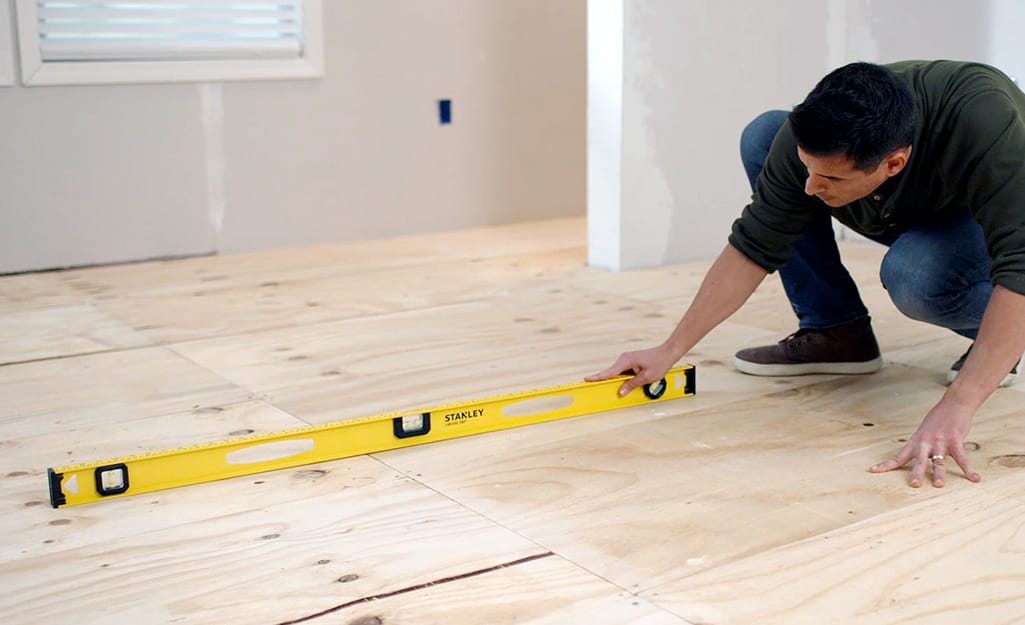
- Cross Spacers: Require a flat substrate to maintain even grout lines, as they don’t adjust for height differences.
- T-Shaped Spacers: Need a level surface to ensure staggered joints align properly in offset patterns.
- Horseshoe Spacers: Work well on vertical surfaces, but substrate must be smooth to prevent spacer slippage.
- Wedge Spacers: Can compensate slightly for minor unevenness by shimming, but a flat base is still critical.
- Spin Doctor: Demands a flat subfloor to ensure caps lock tiles flush without excessive pressure.
- Leveling Clips: Highly effective for uneven substrates, as clips and wedges can adjust for minor height variations.
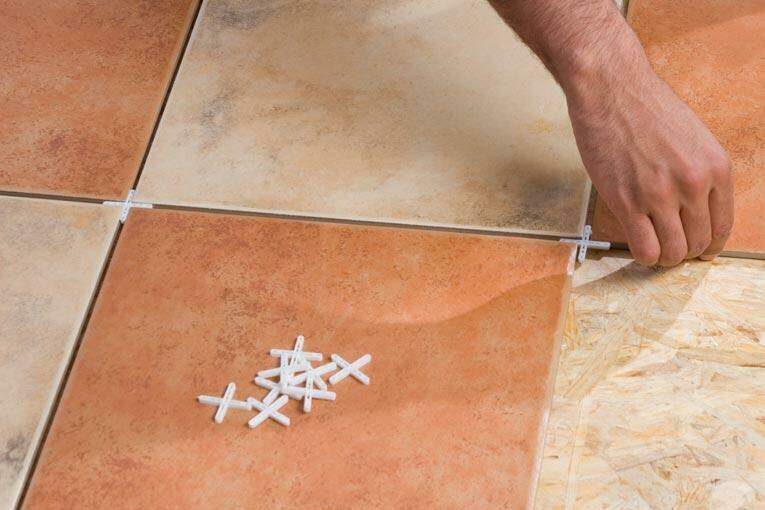
- Cross Spacers: Test at corners to ensure 1/16″–1/4″ sizes match tile spacing for grid patterns.
- T-Shaped Spacers: Verify T-shape fits offset patterns like subway tiles, checking 1/16″–3/16″ widths.
- Horseshoe Spacers: Check U-shape grips tile edges securely, especially for 1/16″–3/16″ vertical joints.
- Wedge Spacers: Test adjustability (up to 1/8″) to confirm they fit various tile sizes and layouts.
- Spin Doctor: Ensure stems and caps (1/16″–1/8″) align with tile thickness (3–12 mm) for secure locking.
- Leveling Clips: Confirm clip bases match grout joint width and wedges fit tiles up to 3/4″ thick.
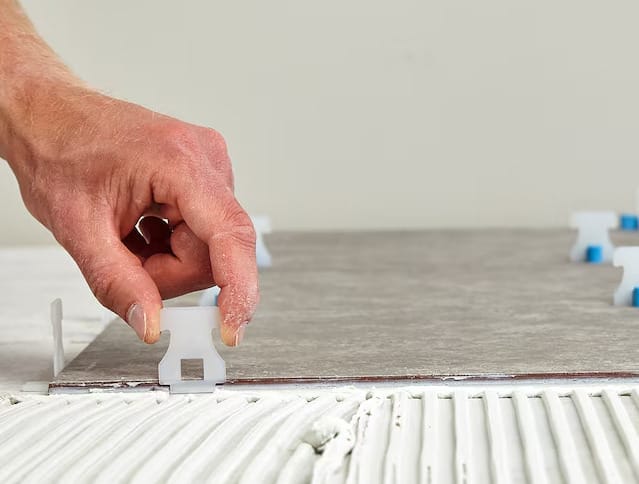
- Cross Spacers: Place at four-tile corners for grid layouts, ensuring flush insertion under edges.
- T-Shaped Spacers: Position at tile midpoints for staggered patterns, with the long leg under the tile.
- Horseshoe Spacers: Slide U-shape over tile edges, ideal for vertical or irregular layouts.
- Wedge Spacers: Insert as crosses, T’s, or shims, adjusting placement based on layout needs.
- Spin Doctor: Place stems under tile edges, aligning for cap attachment in large-format layouts.
- Leveling Clips: Insert clip bases under tile edges, spacing for wedge insertion in any pattern.
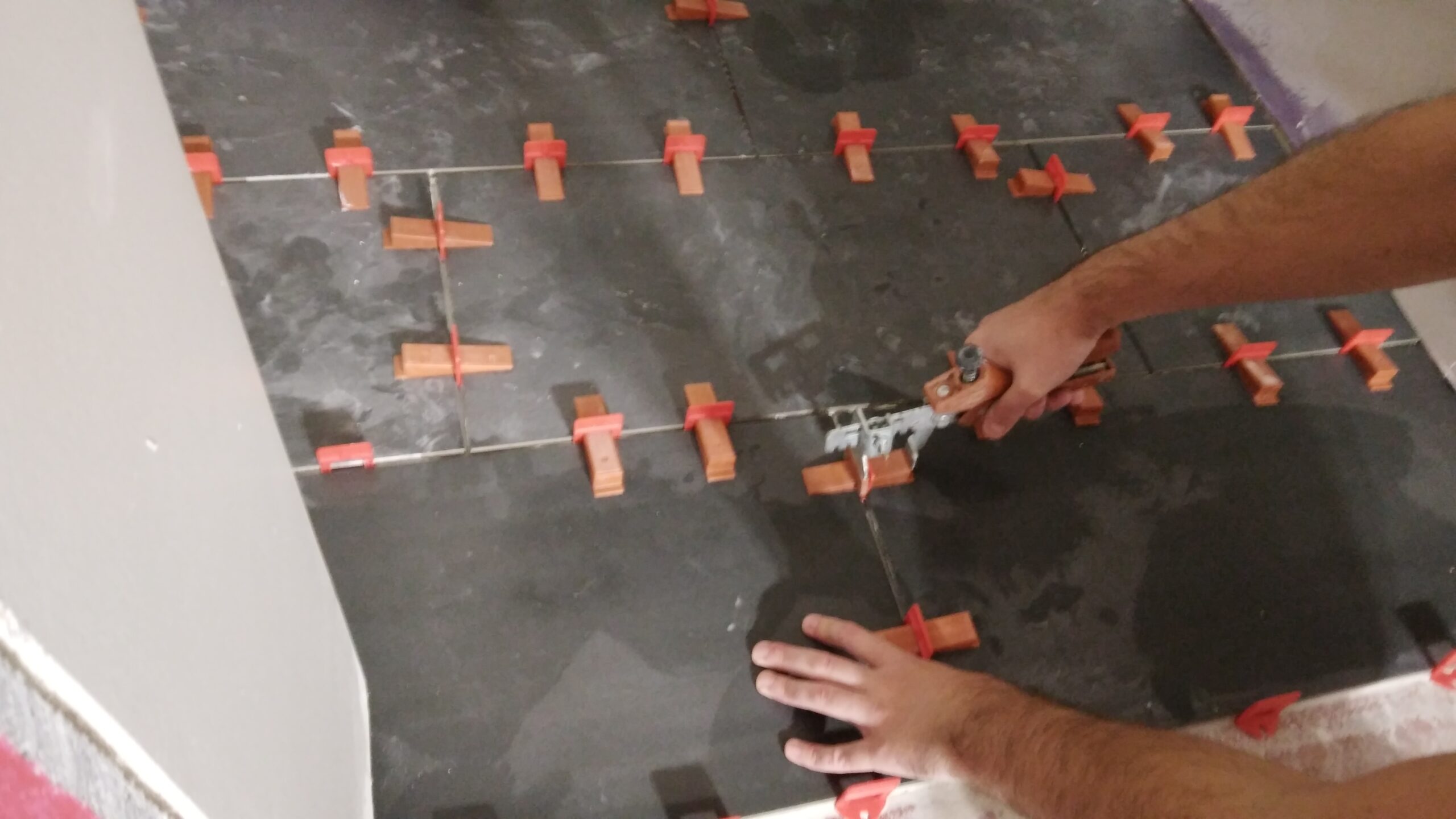
- Cross Spacers: Press lightly to avoid bending flexible plastic, ensuring even contact.
- T-Shaped Spacers: Apply firm but gentle pressure to keep the T’s long leg stable under heavy tiles.
- Horseshoe Spacers: Press to secure U-shape grip, preventing slippage on vertical surfaces.
- Wedge Spacers: Press carefully to maintain wedge position, especially when used as shims.
- Spin Doctor: Press tiles to align with stems, then tighten caps to lock without over-pressing.
- Leveling Clips: Press tiles to seat clips, then insert wedges to apply even pressure.
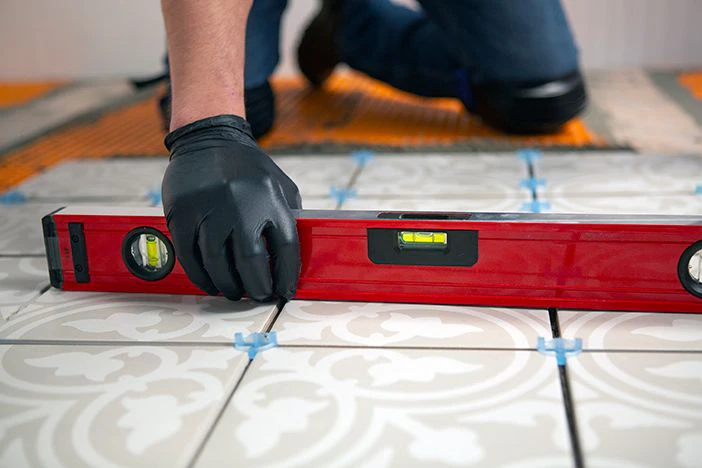
- Cross Spacers: Don’t level; use with a separate leveling system for uneven tiles.
- T-Shaped Spacers: No leveling function; pair with wedges or clips for height adjustments.
- Horseshoe Spacers: Limited leveling; use wedges for minor vertical adjustments.
- Wedge Spacers: Slide under low tiles to adjust height, effective for minor lippage.
- Spin Doctor: Built-in leveling via caps; tighten to align tiles flush with minimal tapping.
- Leveling Clips: Excellent leveling; wedges lock tiles flat, reducing need for manual tapping.
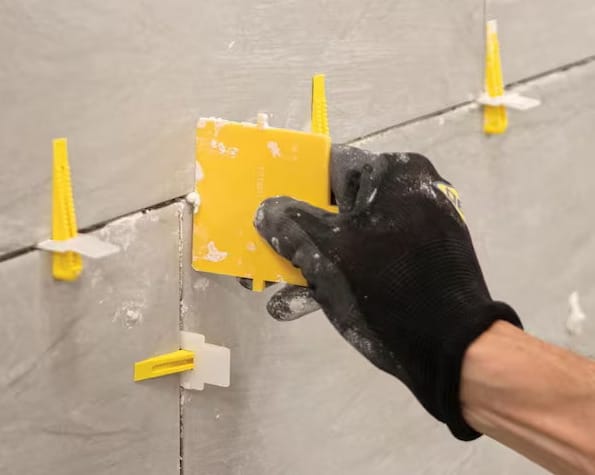
- Cross Spacers: Wipe thinset from corners; rinse plastic spacers thoroughly after removal.
- T-Shaped Spacers: Clean thinset from T’s long leg; rinse to maintain reusability.
- Horseshoe Spacers: Clear thinset from U-shape; rinse color-coded spacers carefully.
- Wedge Spacers: Remove thinset from wedges; rinse to preserve multifunction use.
- Spin Doctor: Clean stems and reusable caps; avoid thinset buildup in threads.
- Leveling Clips: Wipe thinset from clip bases; reusable wedges need thorough rinsing.
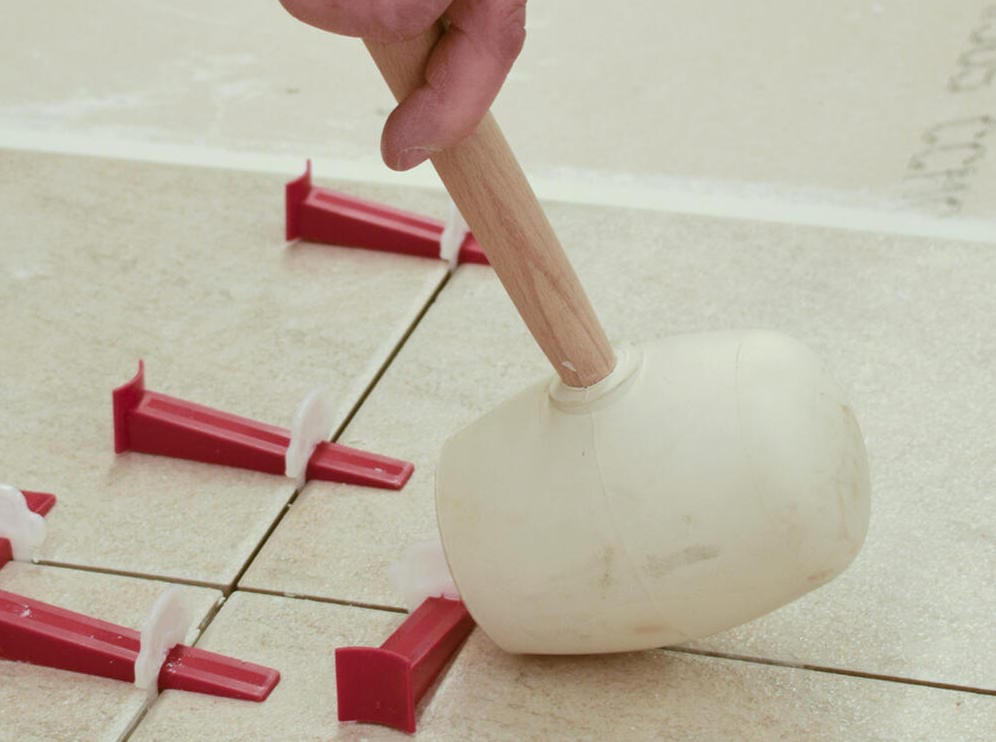
- Cross Spacers: Kick out with a hammer handle or pull vertically after 24 hours.
- T-Shaped Spacers: Pull T’s vertically to avoid disturbing staggered joints.
- Horseshoe Spacers: Slide U-shape off edges easily, ideal for vertical surfaces.
- Wedge Spacers: Remove gently to preserve for reuse, especially in shimming roles.
- Spin Doctor: Unscrew caps and remove stems; reusable components simplify cleanup.
- Leveling Clips: Snap off clip bases; remove reusable wedges carefully.
Common Questions About Tile Spacers
Why use tile spacers?
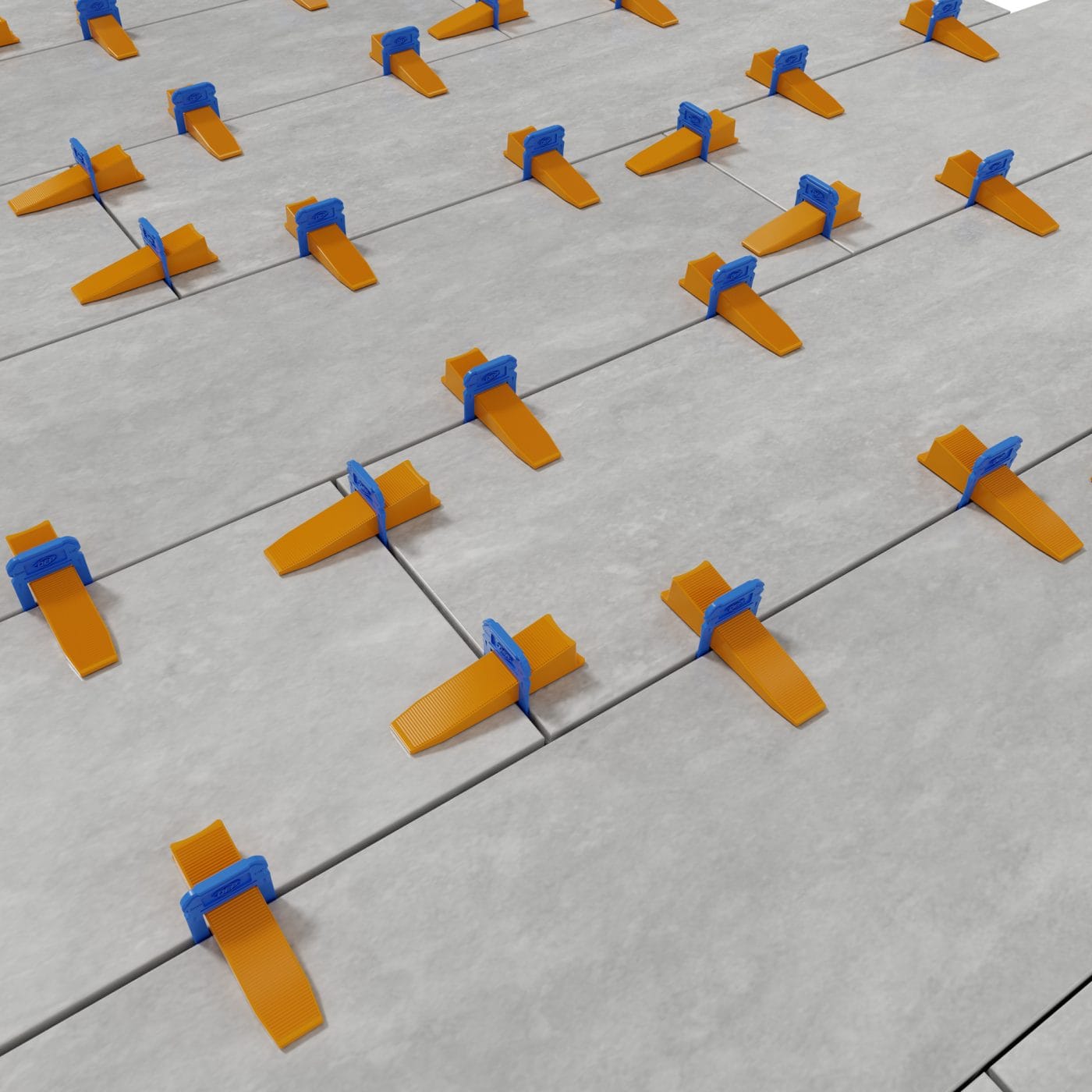
Do I need tile spacers for all tile types?

- Cross Spacers: Essential for grid-patterned ceramic/porcelain without built-in spacers.
- T-Shaped Spacers: Needed for offset patterns unless tiles have built-in spacers.
- Horseshoe Spacers: Useful for vertical tiles without built-in spacers, especially irregular ones.
- Wedge Spacers: Optional for tiles with built-in spacers; ideal for uneven handmade tiles.
- Spin Doctor: Required for large-format tiles to ensure spacing and leveling, even with built-in spacers.
- Leveling Clips: Necessary for large or uneven tiles, regardless of built-in spacers.
How to install tile spacers?

What size spacers should I use for my tile?
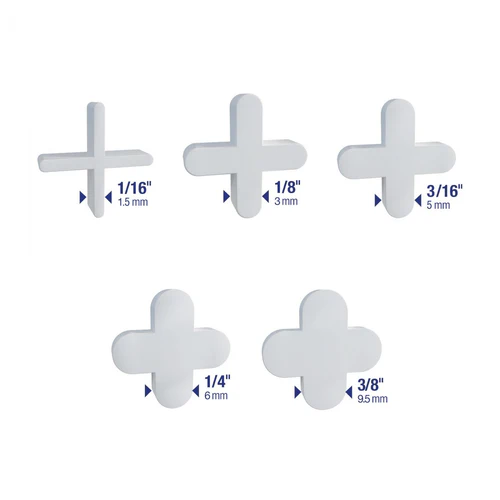
- Cross Spacers: Use 1/16″–1/4″ for grid patterns; 2–3 mm is common for standard tiles.
- T-Shaped Spacers: Choose 1/16″–3/16″ for offset layouts like subway tiles.
- Horseshoe Spacers: Opt for 1/16″–3/16″, ideal for vertical walls with 2 mm minimum.
- Wedge Spacers: Adjustable up to 1/8″, suitable for varied tile sizes and uneven surfaces.
- Spin Doctor: Select 1/16″–1/8″ for large-format tiles, matching grout joint needs.
- Leveling Clips: Use 1/16″–1/8″ clips, designed for large tiles needing 3–5 mm gaps.
How many tile spacers do I need?
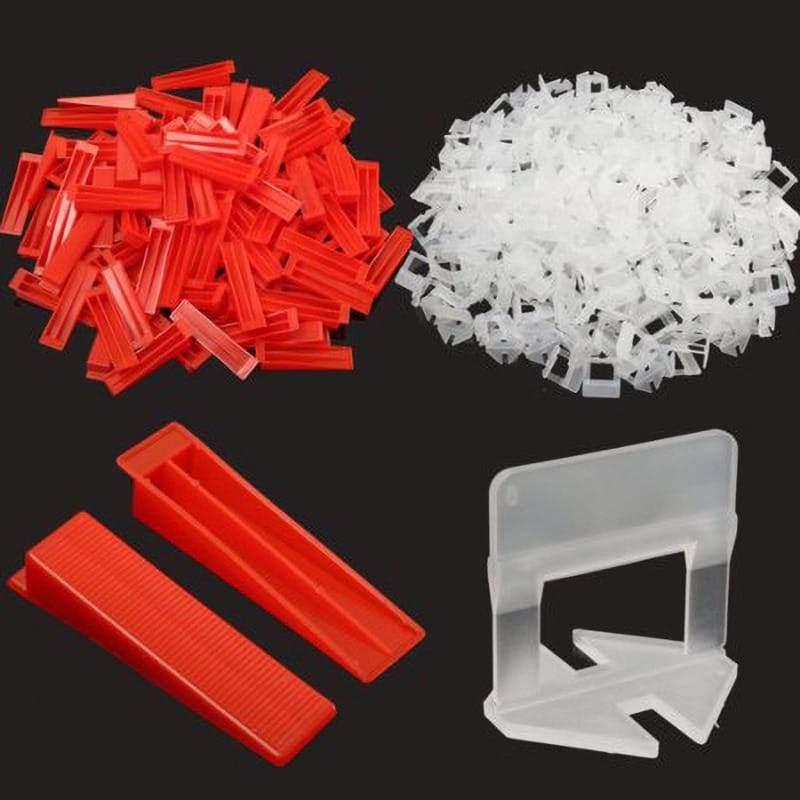
- Cross Spacers: Use four per tile in grid layouts; add 10% for corners.
- T-Shaped Spacers: Need two per tile in offset patterns; account for edge tiles.
- Horseshoe Spacers: Use one per edge for vertical tiles; fewer needed than crosses.
- Wedge Spacers: Vary by use (cross, shim); estimate four per tile plus extras.
- Spin Doctor: Use stems at corners (four per tile); caps are reusable.
- Leveling Clips: Require one clip per edge; estimate based on tile size.
What can I use instead of tile spacers?
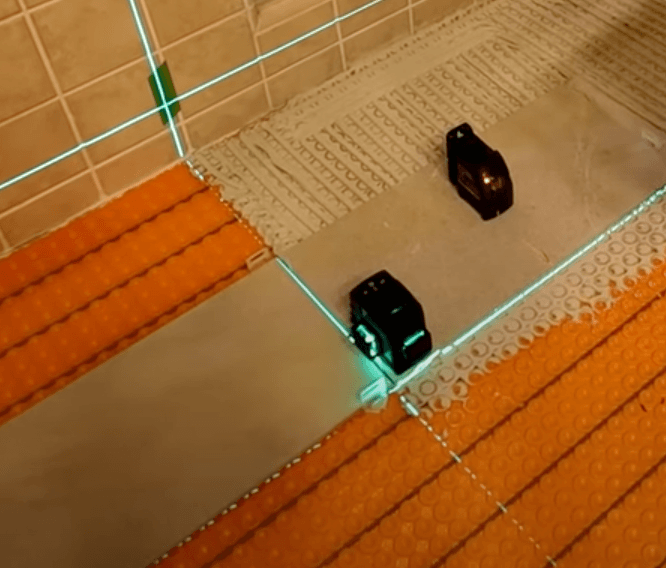
When should tile spacers be removed?

- Cross Spacers: Remove after 20–30 min; use a hammer handle for easy extraction.
- T-Shaped Spacers: Pull vertically after adhesive sets to avoid joint disruption.
- Horseshoe Spacers: Slide off edges within 20–30 min, simple for vertical tiles.
- Wedge Spacers: Remove gently within 30 min to preserve reusability.
- Spin Doctor: Unscrew caps after 24 hours; remove stems before grouting.
- Leveling Clips: Snap off clips after 24 hours; remove wedges carefully.
Can you leave tile spacers in and grout over them?

- Cross Spacers: Remove before grouting; not designed to stay, except RUBI models.
- T-Shaped Spacers: Must be removed; grouting over risks visible T-shapes.
- Horseshoe Spacers: Remove to avoid compromising grout on vertical surfaces.
- Wedge Spacers: Always remove; not intended for permanent placement.
- Spin Doctor: Remove stems; caps are reusable, not grouted over.
- Leveling Clips: Snap off clips; wedges are removed, not grouted over.
How much are tile spacers?

Find trusted tile installers near you.
Tile installers in New Hampshire
- Acworth
- Allenstown
- Alstead
- Alton
- Alton Bay
- Amherst
- Andover
- Antrim
- Ashland
- Atkinson
- Auburn
- Barnstead
- Barrington
- Bedford
- Belmont
- Bennington
- Boscawen
- Bow
- Bradford
- Brentwood
- Bristol
- Brookline
- Candia
- Canterbury
- Center Harbor
- Charlestown
- Chester
- Chichester
- Claremont
- Concord
- Contoocook
- Cornish
- Croydon
- Danbury
- Danville
- Deerfield
- Deering
- Derry
- Dover
- Dublin
- Dunbarton
- Durham
- East Kingston
- Enfield
- Epping
- Epsom
- Exeter
- Farmington
- Fitzwilliam
- Francestown
- Franklin
- Fremont
- Georges Mills
- Gilford
- Gilmanton
- Gilsum
- Goffstown
- Goshen
- Grafton
- Grantham
- Greenfield
- Greenland
- Greenville
- Hampstead
- Hampton
- Hampton Falls
- Hancock
- Hanover
- Harrisville
- Hebron
- Henniker
- Hill
- Hillsborough
- Holderness
- Hollis
- Hooksett
- Hopkinton
- Hudson
- Jaffrey
- Keene
- Kensington
- Kingston
- Laconia
- Lee
- Lebanon
- Lempster
- Litchfield
- Londonderry
- Loudon
- Lyndeborough
- Madbury
- Manchester
- Marlborough
- Marlow
- Mason
- Meredith
- Merrimack
- Middleton
- Milford
- Milton
- Mirror Lake
- Mont Vernon
- Moultonborough
- Nashua
- Nelson
- New Boston
- New Castle
- New Durham
- New Hampton
- New Ipswich
- New London
- Newbury
- Newfields
- Newington
- Newmarket
- Newport
- Newton
- North Hampton
- Northfield
- Northwood
- Nottingham
- Ossipee
- Pelham
- Pembroke
- Peterborough
- Pittsfield
- Plainfield
- Plaistow
- Plymouth
- Portsmouth
- Raymond
- Rindge
- Rochester
- Rollinsford
- Rye
- Salem
- Salisbury
- Sanbornton
- Sandown
- Seabrook
- Sharon
- Somersworth
- South Hampton
- Spofford
- Springfield
- Stoddard
- Strafford
- Stratham
- Sullivan
- Sunapee
- Suncook
- Sutton
- Swanzey
- Temple
- Tilton
- Troy
- Wakefield
- Walpole
- Warner
- Washington
- Weare
- Webster
- Wilmot
- Wilton
- Winchester
- Windham
- Wolfeboro
Tile installers in Massachusetts
- Acton
- Allston
- Amesbury
- Andover
- Arlington
- Ashburnham
- Ashby
- Ashland
- Ayer
- Baldwinville
- Bedford
- Belmont
- Berlin
- Beverly
- Billerica
- Bolton
- Boston
- Boxborough
- Boxford
- Braintree
- Brighton
- Brookline
- Burlington
- Byfield
- Cambridge
- Carlisle
- Charlestown
- Chelmsford
- Chelsea
- Clinton
- Cohasset
- Concord
- Danvers
- Dedham
- Devens
- Dorchester
- Dover
- Dracut
- Dunstable
- East Boston
- Essex
- Everett
- Fitchburg
- Framingham
- Gardner
- Georgetown
- Gloucester
- Groton
- Groveland
- Hamilton
- Hanover
- Harvard
- Haverhill
- Hingham
- Holbrook
- Holliston
- Hopkinton
- Hubbardston
- Hudson
- Hyde Park
- Ipswich
- Jamaica Plain
- Lancaster
- Lawrence
- Leominster
- Lexington
- Lincoln
- Littleton
- Lowell
- Lunenburg
- Lynn
- Lynnfield
- Malden
- Manchester-by-the-Sea
- Marblehead
- Marlborough
- Mattapan
- Maynard
- Medford
- Melrose
- Merrimac
- Methuen
- Middleton
- Milton
- Mission Hill
- Nahant
- Natick
- Needham
- Newbury
- Newburyport
- Newton
- Newton Centre
- Newton Highlands
- Newton Lower Falls
- Newton Upper Falls
- Newtonville
- North Andover
- North Billerica
- North Chelmsford
- North Reading
- Norwell
- Norwood
- Peabody
- Pepperell
- Princeton
- Quincy
- Randolph
- Reading
- Revere
- Rockport
- Roslindale
- Rowley
- Roxbury
- Royalston
- Salem
- Salisbury
- Saugus
- Scituate
- Sherborn
- Shirley
- Somerville
- South Boston
- Sterling
- Stoneham
- Stow
- Sudbury
- Swampscott
- Templeton
- Tewksbury
- Topsfield
- Townsend
- Tyngsborough
- Waban
- Wakefield
- Waltham
- Watertown
- Wayland
- Wellesley
- Wenham
- West Newbury
- West Roxbury
- Westford
- Westminster
- Weston
- Westwood
- Weymouth
- Wilmington
- Winchendon
- Winchester
- Winthrop
- Woburn
- Worcester